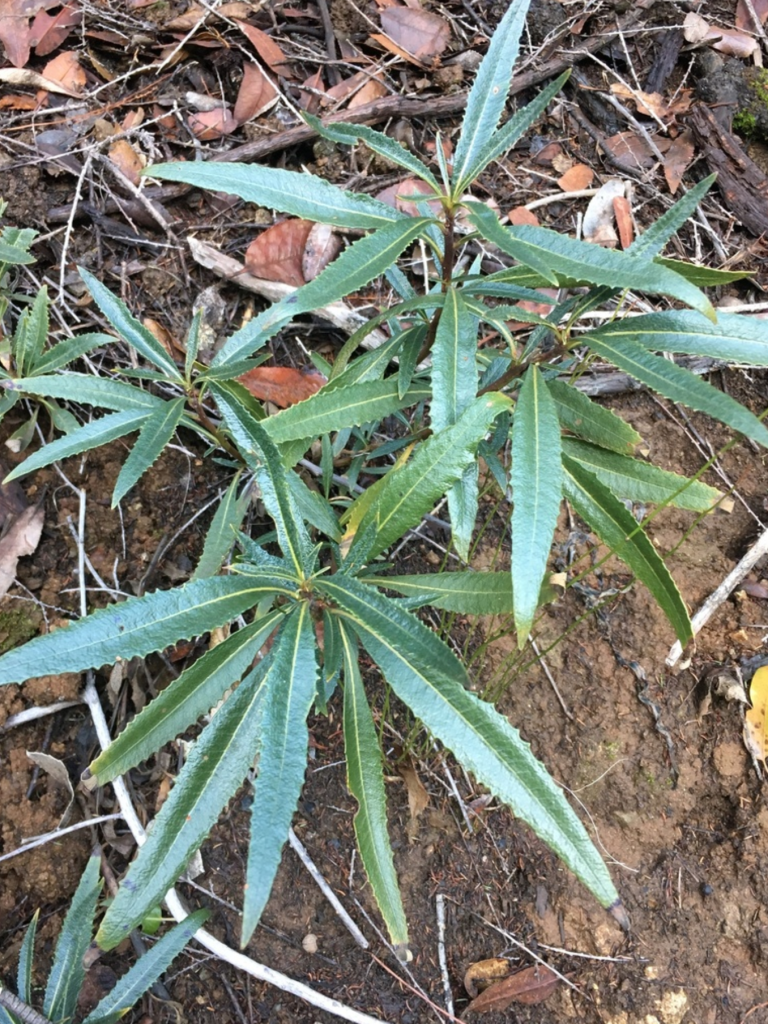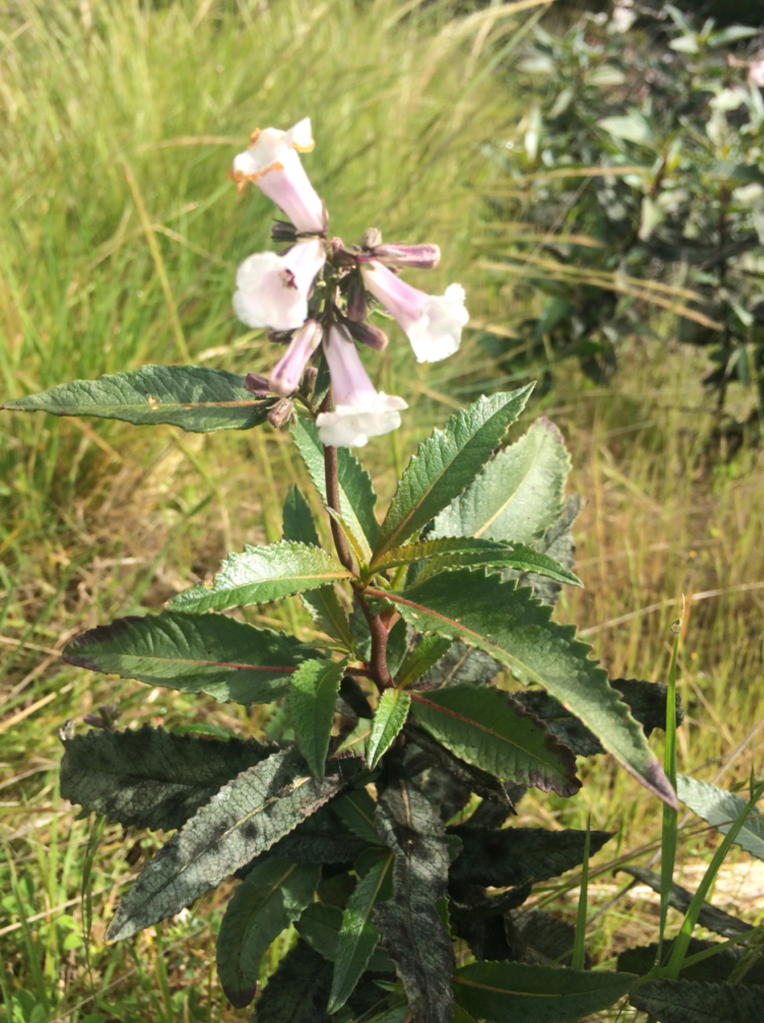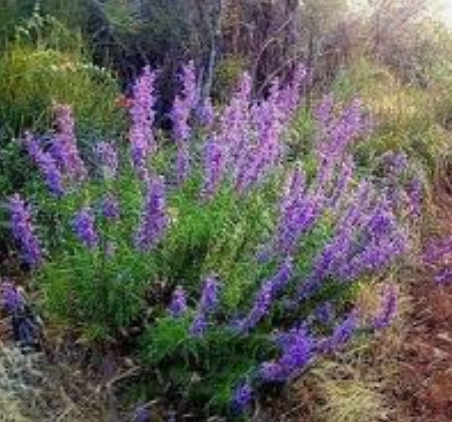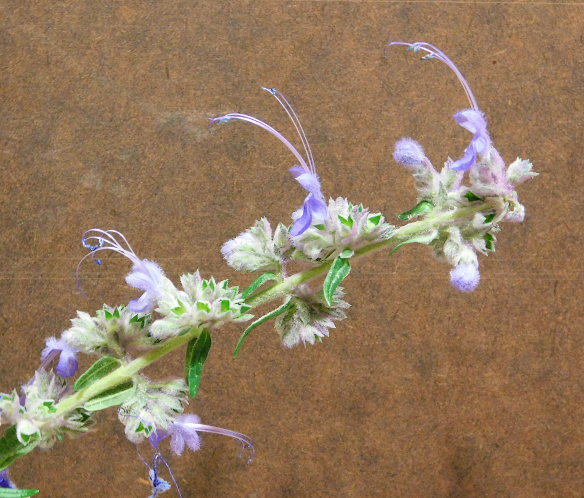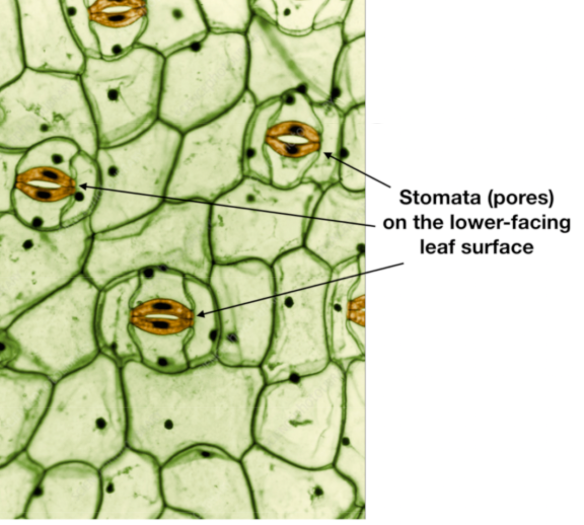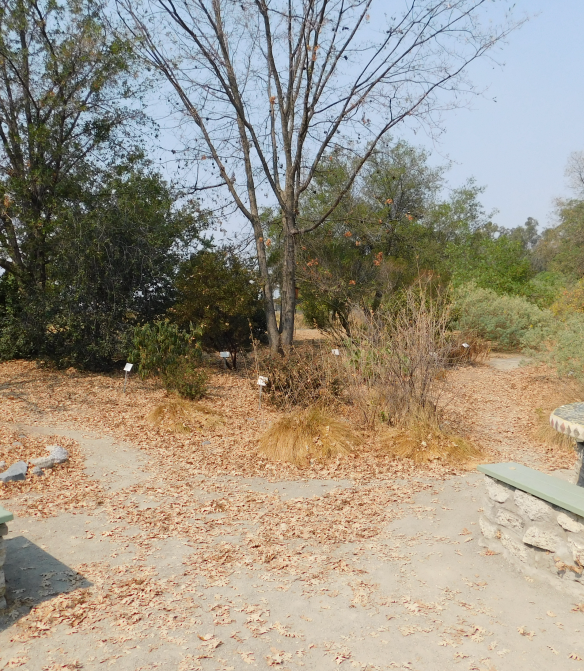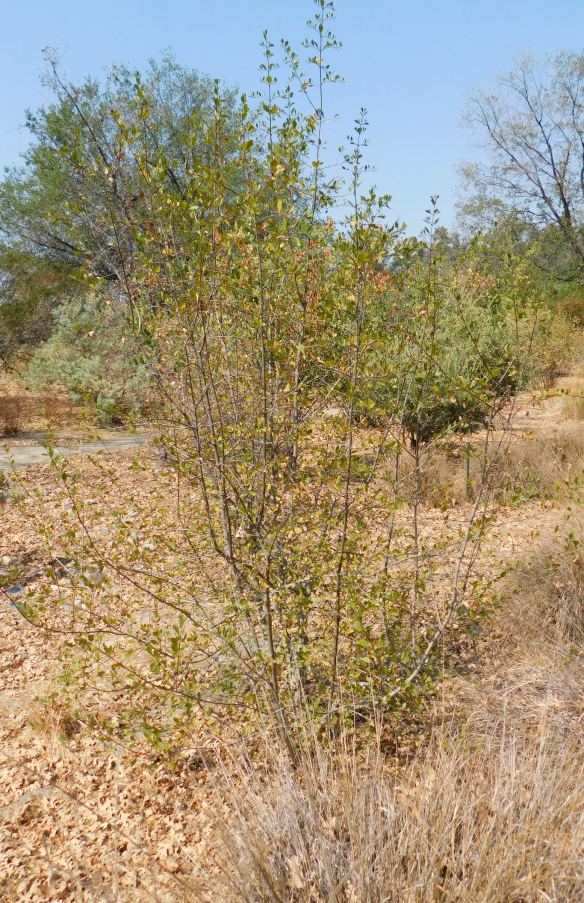 Gumplant (Grindelia camporum), also variously known as gumweed, field gumweed, bracted gumweed, common gumplant, Great Valley gumplant, rosin weed, scaly gumweed and, simply, big California gumplant, doesn’t sound much like a native California plant that most homeowners might choose to accentuate their yards. Furthermore, its favorite habitat is disturbed and altered areas such along ditches and roadsides, “in arroyos and washes and along wetlands and places that get a little extra winter water”. But don’t let the “weed” part of the name cause you to overlook its attractive features, and maybe find the perfect place for it in your garden.
Gumplant (Grindelia camporum), also variously known as gumweed, field gumweed, bracted gumweed, common gumplant, Great Valley gumplant, rosin weed, scaly gumweed and, simply, big California gumplant, doesn’t sound much like a native California plant that most homeowners might choose to accentuate their yards. Furthermore, its favorite habitat is disturbed and altered areas such along ditches and roadsides, “in arroyos and washes and along wetlands and places that get a little extra winter water”. But don’t let the “weed” part of the name cause you to overlook its attractive features, and maybe find the perfect place for it in your garden.
 But a weed is just something that grows where you want something else to grow. To its credit, G. cam-porum has bright yellow flower heads of medium size (about 2 inches across) and blooms from April to October when many other California natives are dormant. It is a drought-deciduous, herbaceous perennial, easy to grow, requiring little care and not much water; a little extra water during the hot season may encourage the lengthy blossoming time. Typical of members of the sunflower family, the blossoms are made up of two types of flowers: about 25 ray flowers (the ‘petals’) surround a compact center of disk flowers. Cut it to the ground in the fall or winter, and it will grow back again with the winter rains. It spreads both by seed and rhizomes.
But a weed is just something that grows where you want something else to grow. To its credit, G. cam-porum has bright yellow flower heads of medium size (about 2 inches across) and blooms from April to October when many other California natives are dormant. It is a drought-deciduous, herbaceous perennial, easy to grow, requiring little care and not much water; a little extra water during the hot season may encourage the lengthy blossoming time. Typical of members of the sunflower family, the blossoms are made up of two types of flowers: about 25 ray flowers (the ‘petals’) surround a compact center of disk flowers. Cut it to the ground in the fall or winter, and it will grow back again with the winter rains. It spreads both by seed and rhizomes.

Gumplant reproducing from rhizomes.
 But gumplant differs from other sunflowers in two unusual ways. The more peculiar characteristic is a gummy white substance produced by the immature flowers. With some imagination, you can pop one of these blossoms into your mouth and enjoy a native plant version of chewing gum, altho the experience lasts for only about 15 seconds. The “gum” disappears as the flowers mature. It is likely that the substance serves to protect the immature flowers from disease and/or predators. In fact, the plant does have a number of medicinal qualities that are of use to humans; more about that later.
But gumplant differs from other sunflowers in two unusual ways. The more peculiar characteristic is a gummy white substance produced by the immature flowers. With some imagination, you can pop one of these blossoms into your mouth and enjoy a native plant version of chewing gum, altho the experience lasts for only about 15 seconds. The “gum” disappears as the flowers mature. It is likely that the substance serves to protect the immature flowers from disease and/or predators. In fact, the plant does have a number of medicinal qualities that are of use to humans; more about that later.
 Secondly, members of the sunflower family have small leaf-like structures, called phyllaries, arranged in a whorl immediately underneath the flower head. They offer some protection to the developing flowers. In the gumplant, the phyllaries are unusually large and form a ‘cup’ below the flower head (see the arrow).
Secondly, members of the sunflower family have small leaf-like structures, called phyllaries, arranged in a whorl immediately underneath the flower head. They offer some protection to the developing flowers. In the gumplant, the phyllaries are unusually large and form a ‘cup’ below the flower head (see the arrow).
Other Gumplants G. camporum is a fast-growing, especially drought tolerant species that grows 1-3 feet tall, or up to 4 feet with water. Other native varieties include G. hirsutula (hairy gumplant) which is more delicate than G. camporum and grows to 2 feet tall. G. stricta var. platyphylla (coat gumplant) grows only 1-2 feet tall and makes a useful ground cover. G. stricta var angustifolia (marsh gumplant), on the other hand, reaches 3-5 feet tall and wide and is very important in restoration work. (Another variety that sometimes appears in plant sales is G. squarrosa (curlycup gumplant) is not a California native but has been naturalized in the wild; it has peculiar phyllaries that turn downward, rather than upward.)

Grindelia squarrosa
The gumplants are good all-round insect plants, which is one good reason to plant them. They attract a wide range of pollinators, including native bees, honeybees, flies, wasps and butterflies. They produce abundant small seeds which are distributed by the wind and appreciated by hungry birds.



Seed head with ripe seeds
The Medicinal History of the Grindelias The genus name honors David Hieronymus Grindel (1776-1836) who was a  Russian botanist, chemist and pharmacist. The grindelias have medicinal effects that have long been recognized by numerous indigenous peoples. The Native American remedies were so effective that many were adopted by early physicians of Western medicine in California. The plant produces a number of phytochemicals, including grindelane, terpenoids and saponins. The Chumash and Ohlone boiled the leaves and flower heads into a tincture or a tea for treating poison oak rash, dermatitis, wounds, burns, boils and sores. The Cahuilla used them to cure colds, and Hispanic people for colds, rheumatism, kidney disorders, paralysis and stomach disorders. A poultice made from the flowers or foliage has been used to treat skin rashes, minor burns, eczema, dermatitis and other minor skin conditions, and might act by numbing the nerve endings. Extracts of the plant appear to slow heart rate, decrease respiratory mucous production and inflam-mation, as well as having possible antibiotic action. Tinctures, syrups and teas are available online, but the U.S. FDA has not yet formally tested these products for safety and efficacy. Future research may support a role for them in the treatment of asthma and other conditions. But for now, they should not be used at all by patients who are pregnant or breast-feeding, or have kidney disease, hypertension or heart conditions without first consulting a doctor. They might also contain high levels of selenium which is toxic when ingested in large amounts.
Russian botanist, chemist and pharmacist. The grindelias have medicinal effects that have long been recognized by numerous indigenous peoples. The Native American remedies were so effective that many were adopted by early physicians of Western medicine in California. The plant produces a number of phytochemicals, including grindelane, terpenoids and saponins. The Chumash and Ohlone boiled the leaves and flower heads into a tincture or a tea for treating poison oak rash, dermatitis, wounds, burns, boils and sores. The Cahuilla used them to cure colds, and Hispanic people for colds, rheumatism, kidney disorders, paralysis and stomach disorders. A poultice made from the flowers or foliage has been used to treat skin rashes, minor burns, eczema, dermatitis and other minor skin conditions, and might act by numbing the nerve endings. Extracts of the plant appear to slow heart rate, decrease respiratory mucous production and inflam-mation, as well as having possible antibiotic action. Tinctures, syrups and teas are available online, but the U.S. FDA has not yet formally tested these products for safety and efficacy. Future research may support a role for them in the treatment of asthma and other conditions. But for now, they should not be used at all by patients who are pregnant or breast-feeding, or have kidney disease, hypertension or heart conditions without first consulting a doctor. They might also contain high levels of selenium which is toxic when ingested in large amounts.


Other Contemporary Uses of Grindelia The gummy residue produced by the foliage can be used in a variety of industrial applications, such as soil amendments, rubber production, animal feed supplements, paper sizing, fermentation products, synthetic fuels, paints, varnishes, lacquers and adhesives. It is virtually identical to the wood rosin found in pine and other woods but is easier to extract and demands less water in its manufacture.
Quotes du jour To the artist there is never anything ugly in nature. – Auguste Rodin, sculptor (12 Nov 1840-1917)
Garden as if life depended on it. – Douglas Tallamy
Check out the native plant selection at ALDEN LANE NURSERY, 981 Alden Lane, Livermore, CA 94550
 Plants in 4-inch pots
Plants in 4-inch pots
 1-gal and larger plants
1-gal and larger plants
For reliable certified arborist services, contact STUMPY’S TREE SERVICE, (925)518-1442, http://www.stumpystrees.com .
 Guided Tours of the Granada Native Garden Are Available! Are you interested in seeing some of the plants that are described in this News- letter or in past issues? One or more staff of the GNG are routinely on duty at the Garden on Mondays and Thursdays, roughly between 10:00 AM and 12:00 noon. But it isn’t very hard to arrange a guided visit at other times. If you are interested in scheduling a visit, just email Jim at JIMatGNG@gmail.com . Or if you have any questions or inquiries, please email Jim at the same address!
Guided Tours of the Granada Native Garden Are Available! Are you interested in seeing some of the plants that are described in this News- letter or in past issues? One or more staff of the GNG are routinely on duty at the Garden on Mondays and Thursdays, roughly between 10:00 AM and 12:00 noon. But it isn’t very hard to arrange a guided visit at other times. If you are interested in scheduling a visit, just email Jim at JIMatGNG@gmail.com . Or if you have any questions or inquiries, please email Jim at the same address!







